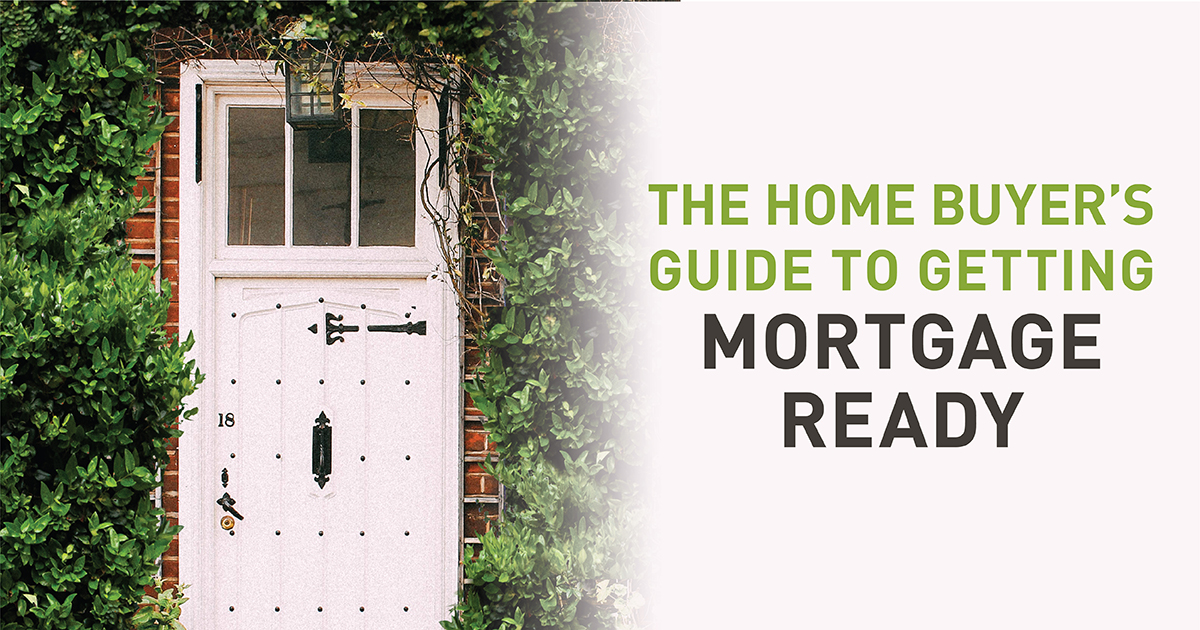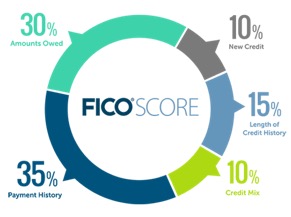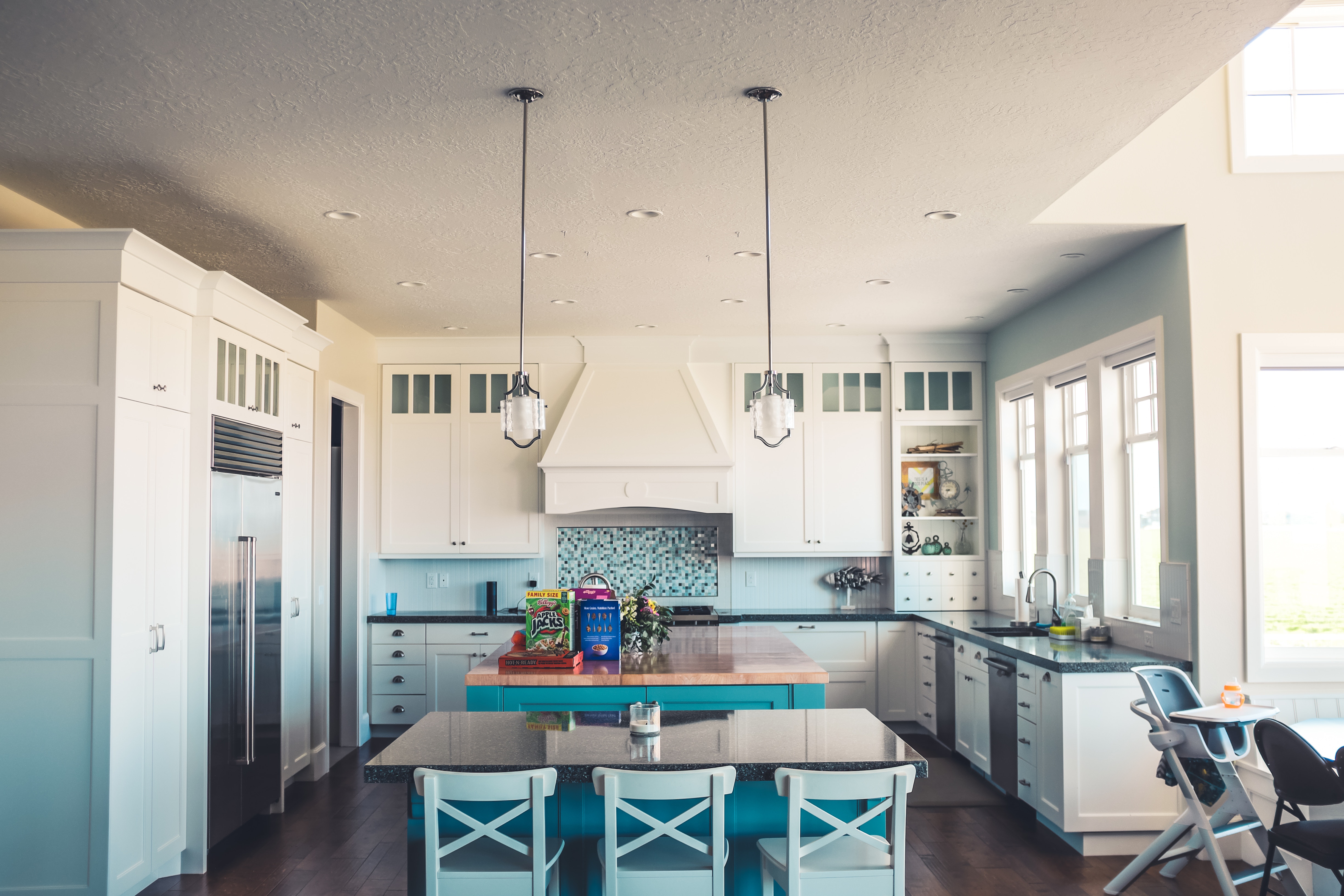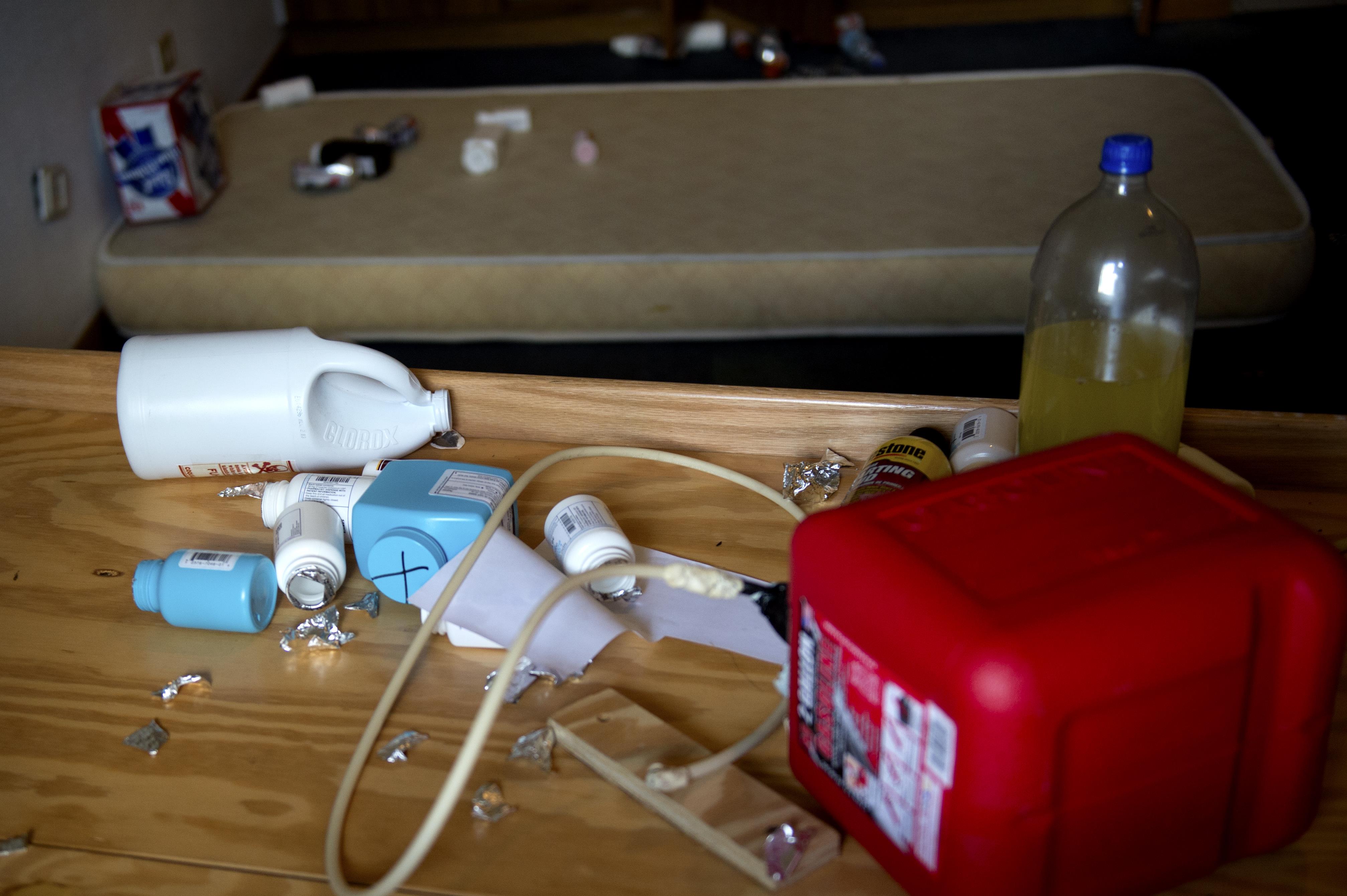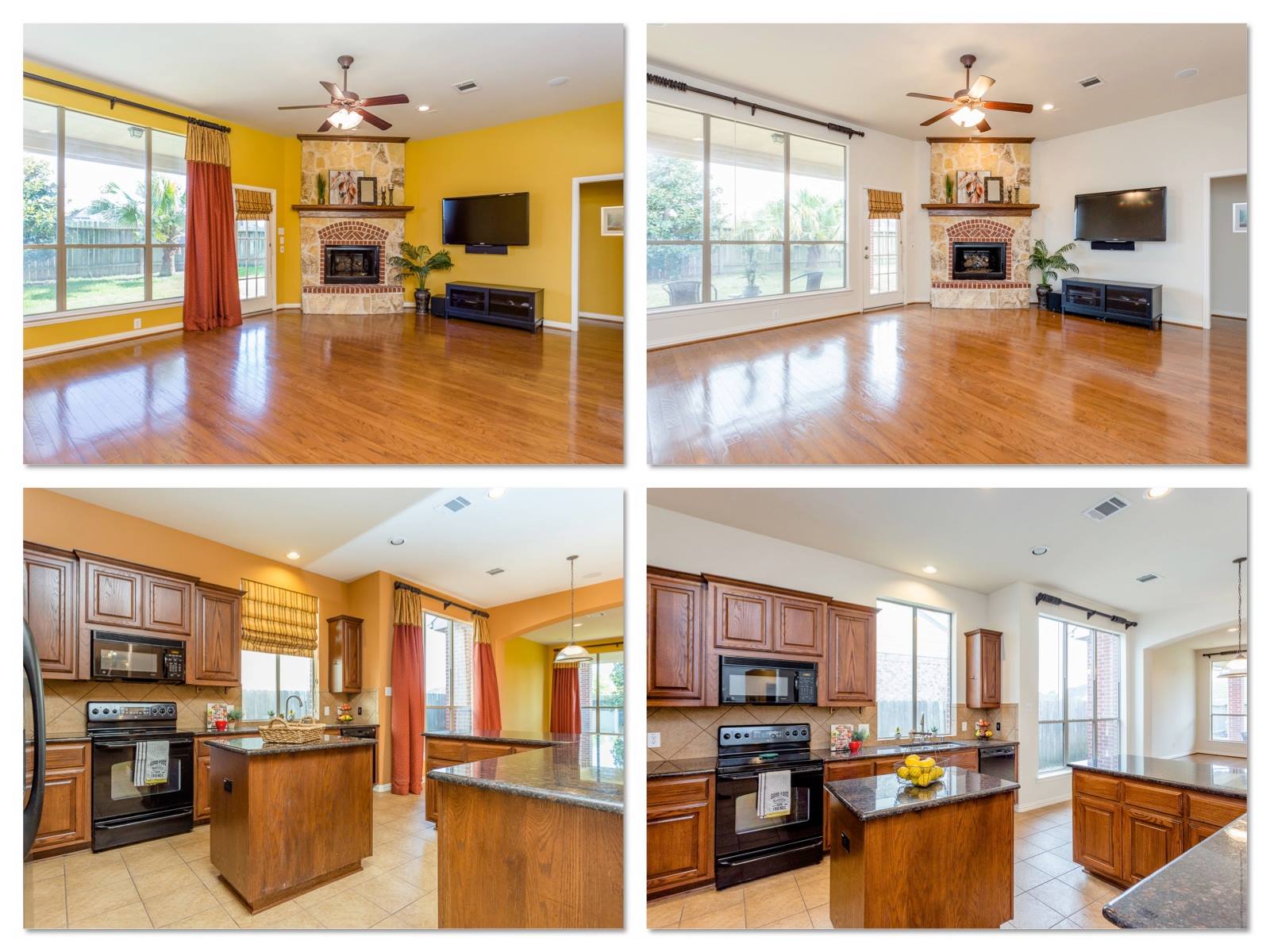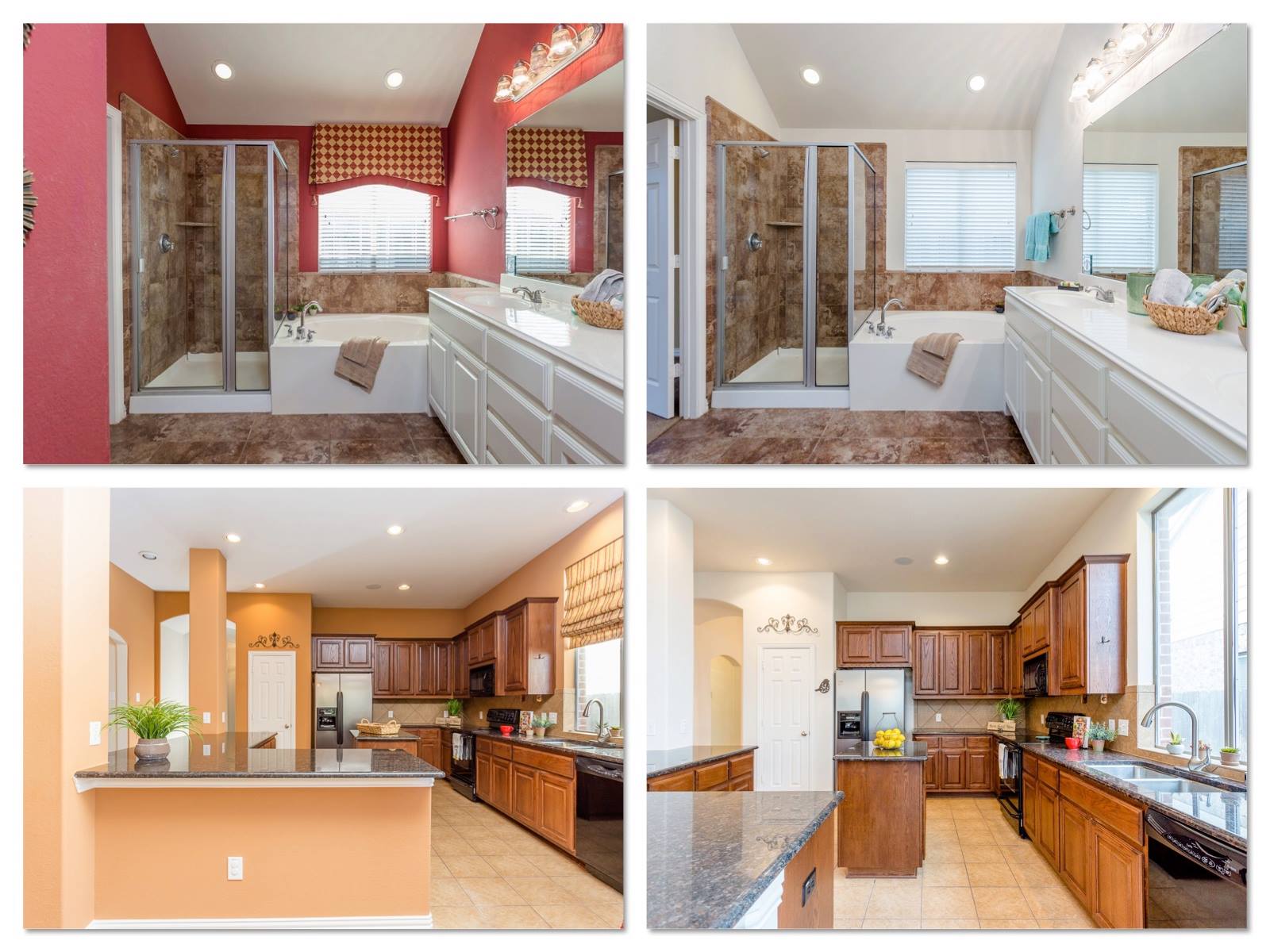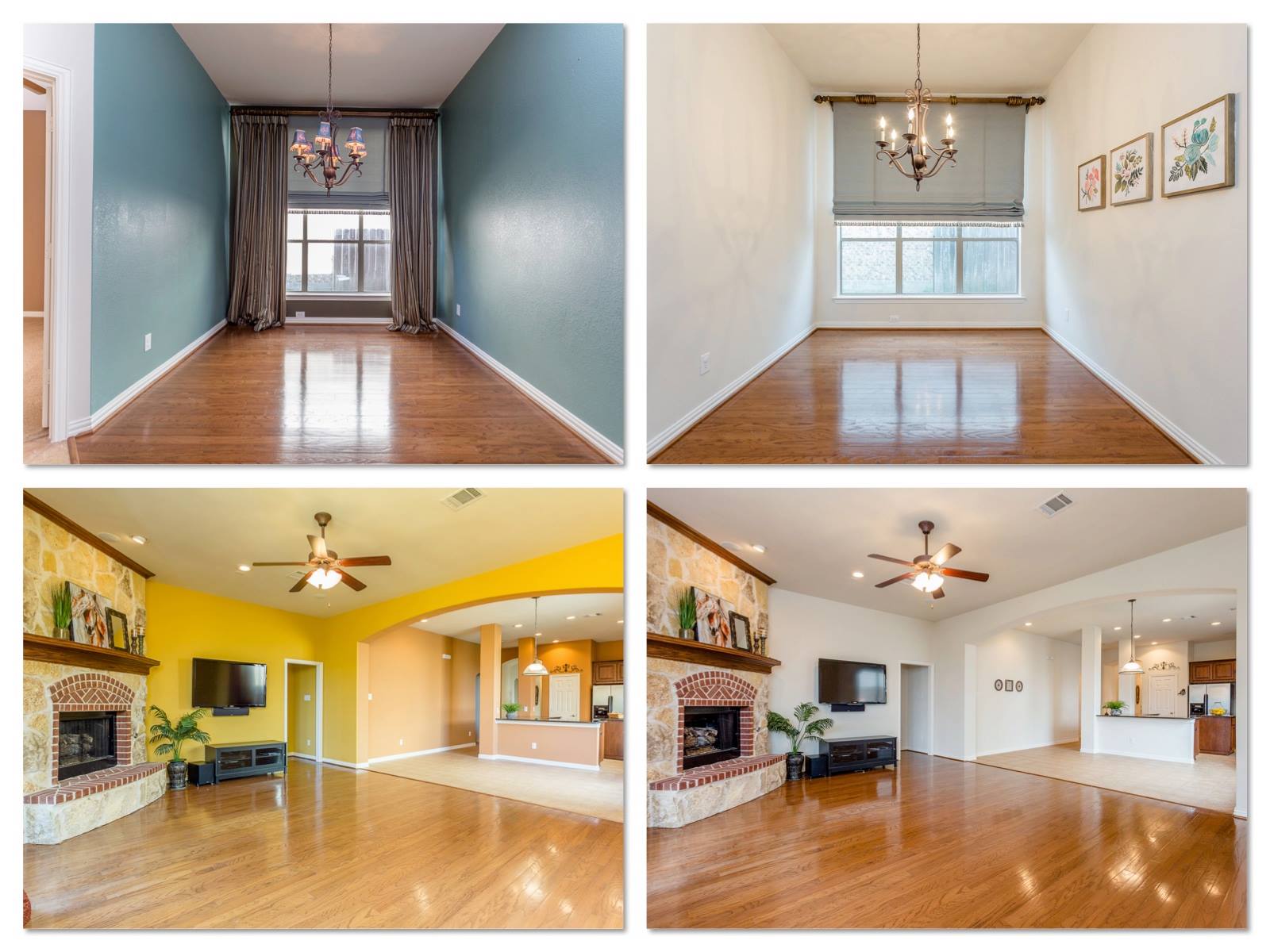Let’s talk Homeowners Insurance
While you never want to leave yourself without a safety net, you also don’t want to overpay for insurance you don’t need (and will hopefully rarely use). Aim to strike a balance that will provide you with adequate protection at an affordable price.
Homeowners Insurance Covers Things Like:
Most Standard Policies DON’T Cover Things Like:
Home Warranties
Some homeowners choose to supplement their insurance coverage by purchasing a home warranty, which covers many of the systems and appliances in your home that are NOT covered by homeowners insurance. While policy terms and coverage vary, a home warranty will often cover the cost (after deductible) to repair or replace components of your HVAC, electrical, plumbing and some appliances that fail due to age or typical wear and tear.
Unlike homeowners insurance, home warranties aren’t required by mortgage companies. But many homeowners like the added financial protection and peace of mind that home warranties provide.
A Home Warranty Covers Things Like:
Now that you understand the basics of homeowners insurance, you should be ready to start shopping for a policy that best fits your needs and budget. Your goal should be to minimize your risk while maximizing the value your policy provides.
Once you’ve purchased your policy, avoid setting the annual renewal on autopilot. Instead, take some time to consider factors that have changed over the past year. Home improvements, a shift in market conditions, a new home-based business, or even growth in your overall net worth could mean it’s time to reassess your coverage.
Need Guidance? We Can Help!
If you have questions about purchasing homeowners insurance or a home warranty—or if you would like a referral to a reputable broker—give us a call! We’re here to help.





